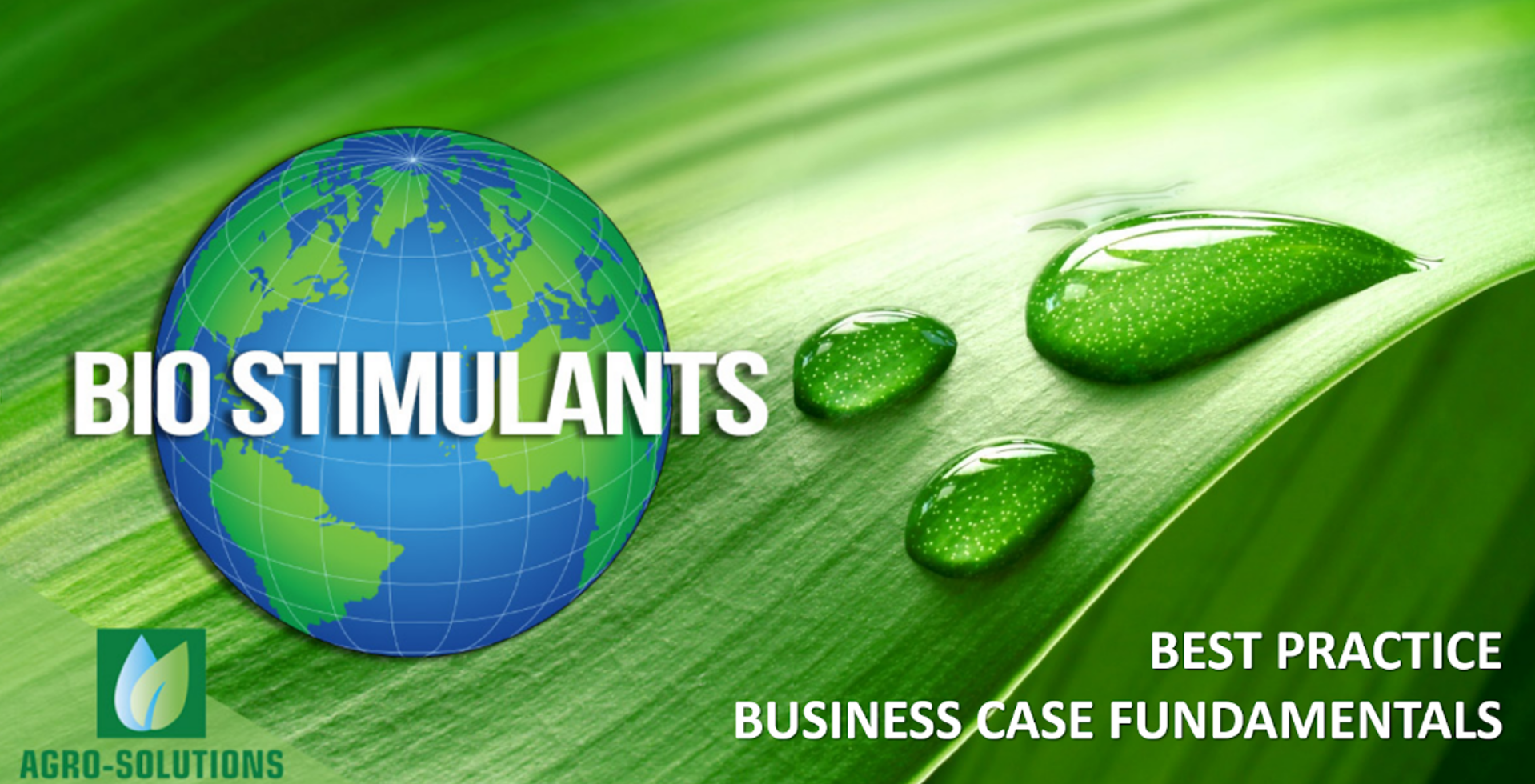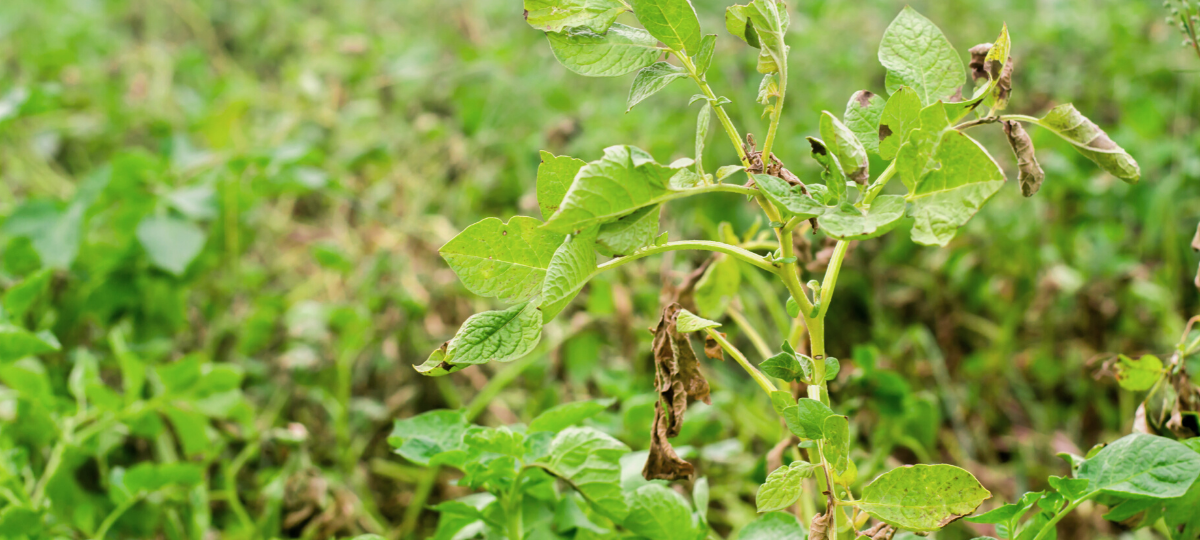Today bio-stimulants and biostimulation really are hot topics.
Farmers are scouting bio-stimulants as a solution to produce better and cleaner crops. Distributors want to introduce biostimulants into their product range as a commercially interesting product due to increased demand and better margins compared to fertilizers. But what biostimulant to select? What active ingredients? Who are reliable suppliers? These are just some of the questions that could appear.
The Biostimulant you choose needs to solve the real problem for customers. The key question here is; what mode of action (see picture 1) of which specific biostimulant can avoid or solve the problem in future crop productions? It is of high importance that scientific literature and studies are available to back up the claims.
For some biostimulant products, the active ingredient may be accounted for down to the specific chemical compound, while for others it may simply state that it “contains plant extracts”. So you need to determine how much information you require. It is obvious that the biostimulant with a clear active ingredient, based on reliable trial results and application research, is the one that should be selected. But is that always the case ? Farmers now critique all their inputs due to the supply chain audits required to satisfy supermarkets. Are they aware of the risk of applying a product on their crop if they do not know what ingredients are in it?
In our next blog dedicated to biostimulants, we will present an overview of additional items and fundamental “must-haves” that are of importance concerning good practice of applying biostimulants and how to build up a comprehensive business case.
Today bio-stimulants and biostimulation really are hot topics.
Additional items that are of importance concerning the good practice of applying the biostimulants :
- Is the biostimulant tank mix compatible with any agrochemicals and biologicals that will regularly be co-applied?
- Fully soluble in water or is it an emulsion/suspension that may block spray nozzles?
- What are the correct concentration/dosages: if too high; users struggle to handle it accurately and the treatment is too expensive, if too weak the results will not be significant.
- Is the tank mix prepared properly: right order of dilution, correct adjuvants to maximize action, pH check?
- Are the biostimulants stabilized and preserved in a way that maximizes shelf life, that doesn’t impact the product’s performance and is safe for the user?
Distributors experience and test the biostimulants themselves is not just good due diligence, it also allows your team to become experts on the product. Potentially you will reach the point where you know as much as or even more about the product than the manufacturer.
Seek for suppliers who will support your business by innovating and testing their products and telling you first about their findings. You should also find a supplier who will minimize competitors challenging your business with the same product.
To summarize, all of the above information is required before launching a biostimulant product. It is not required simply to satisfy the curiosity of your technical team, but rather represents the absolute fundamental “must-haves” in order to build a comprehensive business case because…
- Without solid details on mode of action, active ingredients, trial data, and identifiable USP, how do you want to promote and market the product to your clients?
- Without knowledge of the “unwanted”, key formulation issues and safety documents, how do you assure quality to your customers and tell them how to use the product?
- Without trial results showing ROI, knowledge of manufacturer operations and the regulatory burden, how do you want to start to build a compelling financial case for launching a product?
If you have concerns or questions about any of the issues mentioned in the three blogs regarding biostimulants, please contact us. We are more than happy to advise.





